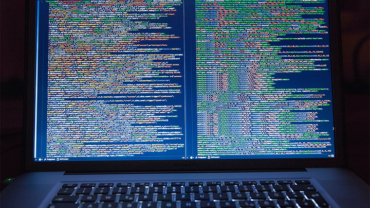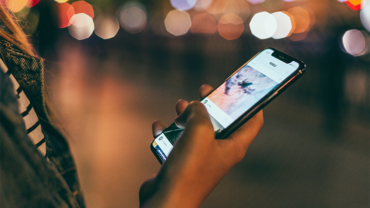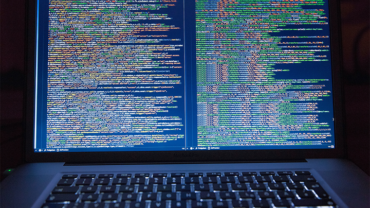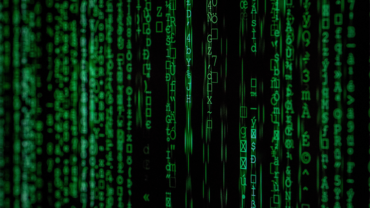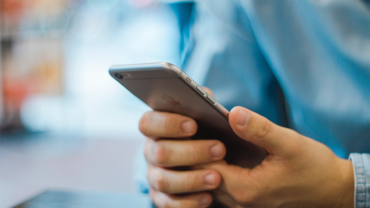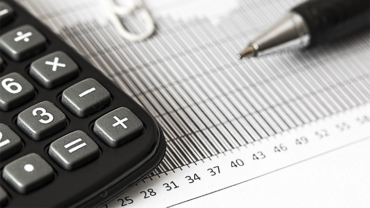Cyberbullying has caused devastation to people’s lives and there have even been cases of teen suicide due to this form of online harassment.
Unfortunately, cyberbullying is not a crime in itself and is not covered by law in the UK. This can be frustrating to those of us who have had our children or even ourselves falling victim to cyberbullying.
This is not only internet intimidation, but it has also found its way onto every digital device like cell phones and gaming consoles. It is usually carried out using texts and social media apps such as Facebook, Instagram, Snapchat and Tik Tok. It includes sending, posting or sharing harmful content on these public platforms about someone. Reddit’s online forums and chatrooms and even online gaming communities are other ways to virtual bully victims.
All is not lost though because cyberbullying can be put to rights through a number of other laws that make it illegal to cause a person fear or distress via acts that don’t involve actual physical violence.
Communications Act
Passed in 2003 this act makes it an offence to send grossly offensive electronic communication that is deemed “indecent, obscene or menacing”. If the cyberbully is found to have caused anxiety and distress to their victim with an onslaught of messages via email or social media, they can receive a custodial sentence of up to six months and a fine or both.
Protect from Harassment Act
Even though it is not recognised as a crime, there are other laws in place that do make it unlawful such as the Protection from Harassment Act that was passed in 1997. This law makes it a criminal offence for anyone to knowingly to victimise through sending multiple abusive emails with the full intention of causing distress and alarm. If found guilty of this offence, the bully could receive up to six months in prison and receive a fine. The act also gives the judicial system the power to grant restraining orders against those found guilty of an offence that threatens the victim. It goes one step further and if the perpetrator is found guilty of causing fear of violence on at least two occasions they could go to prison for up to five years.
Malicious Communications
The Malicious Communications Act goes back more than 30 years. This act makes it an offence to send someone a communication that is “indecent or grossly offense. If it is proved that this has caused distress or anxiety to a victim the offender can receive a fine of up to £5,000, six months in prison or both.
Public Order Act
Passed in 1986 it became an offence to use “threatening, abusive or insulting word, behaviour, writing or any visual representations likely to cause harassment, alarm or distress within the hearing or sight of a person”. This act is helpful when cyberbullying comes in the form of camera or video functions found on most Smartphones. The defendant can face a jail sentence of up to six months and a fine or both.
Workplace cyberbullying
It is important to know that, although indirectly, cyber bullies can have their day in court if they make their victim’s life a misery. Cyber bullying is not confined to young children and teenagers, workplace bullying is rife. It is estimated that bullying at work cost UK companies about £2bn annually is lost productivity and sick pay.

